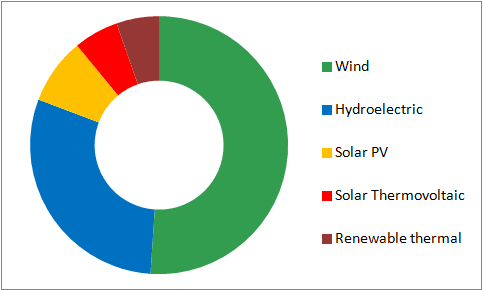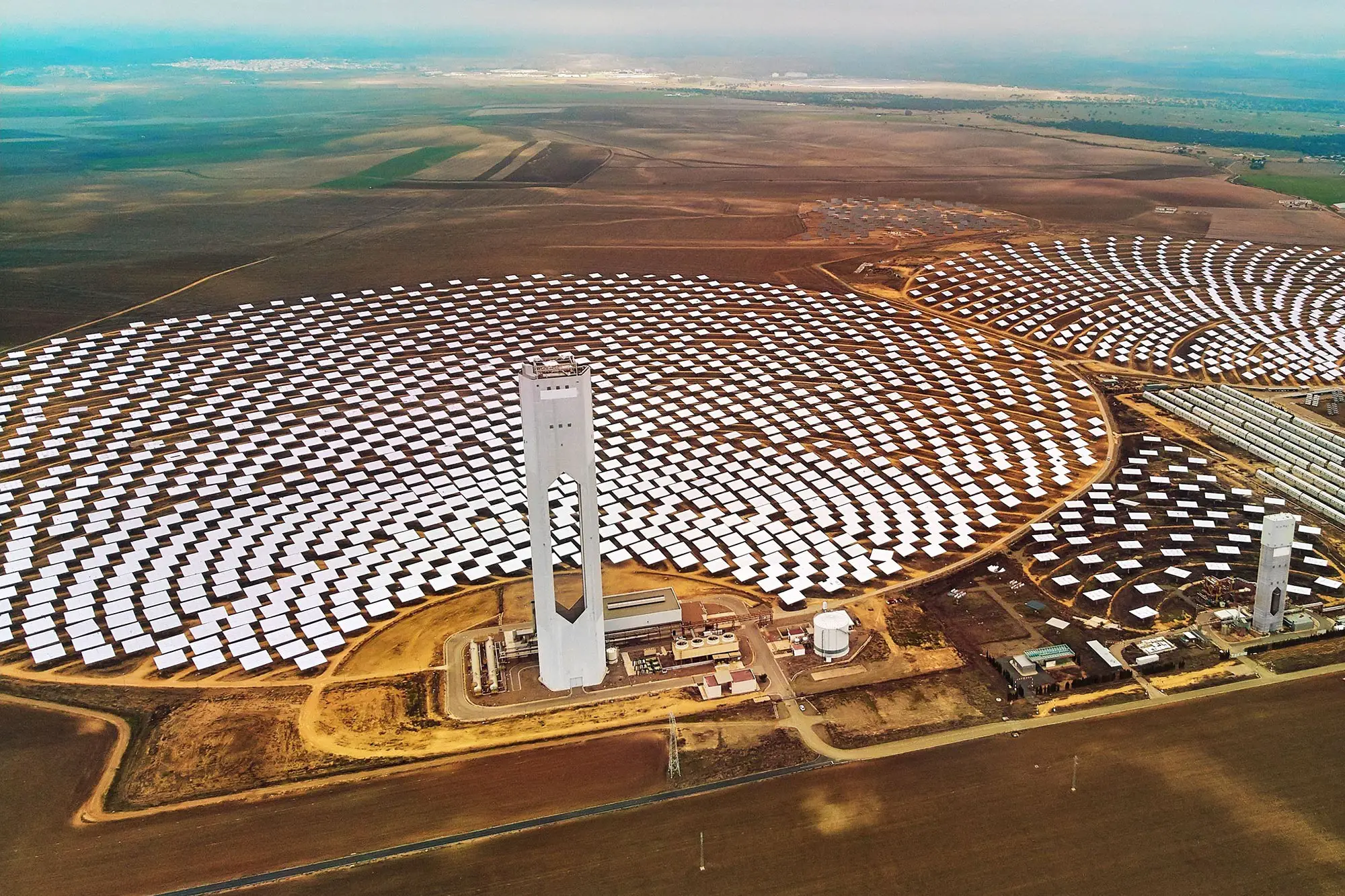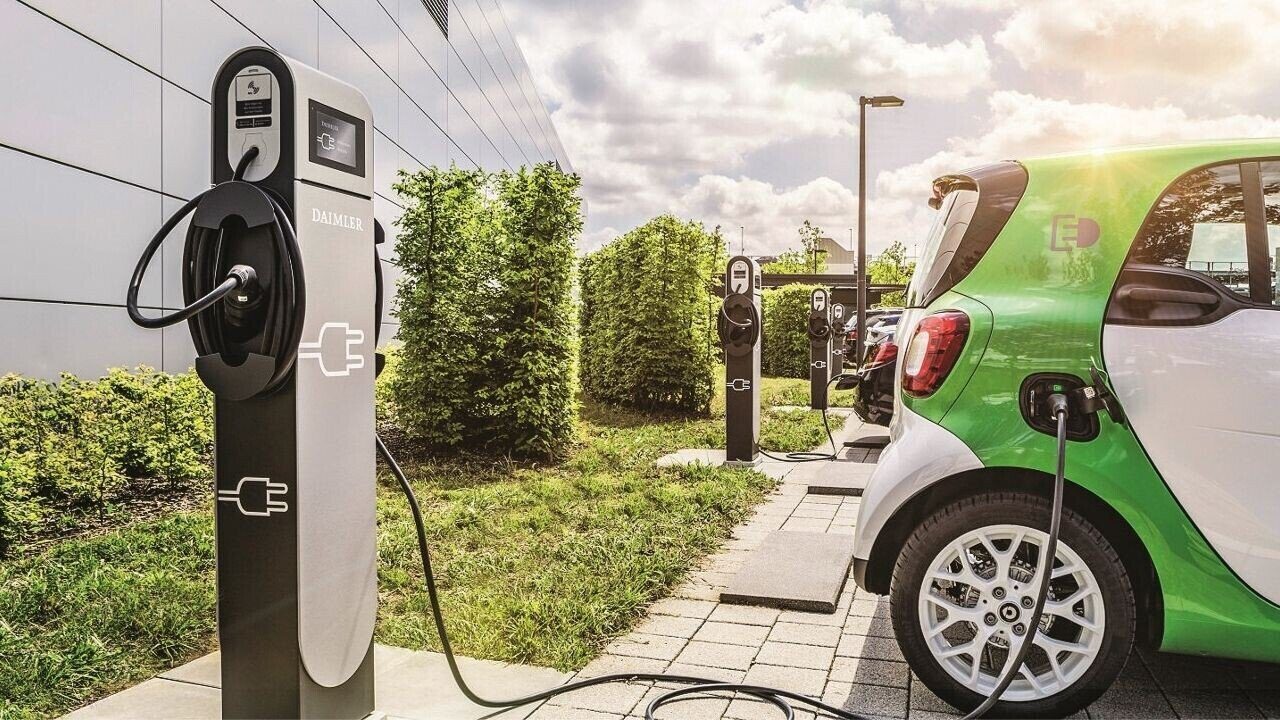Table of Contents
Spain is a global leader in the push toward renewable energy. Last week, the country reached a new milestone when it powered itself entirely with renewable energy for nine consecutive hours.
As reported by El Pais, From 10 a.m. to 7 p.m. on Tuesday, wind, solar, and hydroelectric power met the needs of mainland Spain. This is a significant achievement, as it shows that renewable energy can meet the demands of a modern economy.
Scientific American highlights the substantial growth of renewable energy in recent years, now constituting approximately one-third of global electricity generation. This percentage continues to rise, indicating a promising future for renewable energy sources worldwide.

Transitioning to sustainable energy sources not only plays a pivotal role in combating the climate crisis and curbing emissions but also brings forth economic benefits by lowering costs.
According to El Pais, Spain has experienced a dual impact from the integration of solar panels. Not only do these panels contribute energy to the power grid, but they also alleviate the reliance on conventional energy sources during daylight hours.
The installation of solar panels has created jobs in the construction, manufacturing, and installation sectors. In addition, the operation of solar panels generates revenue for local governments through taxes and fees.
As the cost of solar and other renewable energy technologies continues to fall, the economic benefits of switching to green energy will only increase. This makes the shift to green energy a sound investment for both the environment and the economy.
Profitability of shifting to green energy
Ørsted, a Danish energy company, has seen increased profits since shifting to renewable energy.
Ørsted, formerly known as DONG Energy, is a Danish energy company that has been transitioning to renewable energy sources over the past two decades. The company’s efforts have paid off, as it has seen increased profits in recent years.
In 2022, Ørsted reported a net profit of $2 billion. This represents a significant increase from the company’s net profit of $1.2 billion in 2021. The company’s increased profits are due in part to its focus on renewable energy.
Ørsted now produces 90% of its energy from renewable sources, including wind, solar, and biomass. The company’s renewable energy portfolio includes offshore wind farms, onshore wind farms, and solar farms.
Ørsted’s success in the renewable energy sector is a sign of the growing demand for clean energy.
In addition to its financial success, Ørsted is also making a positive impact on the environment. The company’s renewable energy projects are helping to reduce greenhouse gas emissions and combat climate change.
Ørsted’s success is a model for other energy companies that are looking to transition to renewable energy. The company’s experience shows that it is possible to make a profit while also doing good for the environment.
In the United States of America
The United States is witnessing a significant acceleration in its drive toward renewable energy.
The Biden administration’s approval of a multibillion-dollar transmission line to send wind energy from New Mexico to cities along the West Coast is a major step forward in the United States’ transition to green energy.
The transmission line, known as the SunZia West project, will be able to transmit up to 4,000 megawatts of wind energy from New Mexico to Arizona and California. This is enough energy to power more than 1.5 million homes.
The project is expected to create thousands of jobs during construction and operation. It is also expected to reduce greenhouse gas emissions by up to 10 million metric tons per year.
The SunZia West project is a major victory for the Biden administration’s clean energy goals. It is also a sign of the growing momentum behind the transition to green energy in the United States.
The project is expected to be completed in 2026.
The Dependency on fossil fuels
Advances in green energy are not a silver bullet, but they can help to reduce our reliance on oil and gas and ease carbon emissions.
Green energy sources, such as solar and wind power, are becoming more affordable and efficient. This is making them a more viable option for meeting our energy needs.
In Spain, for example, the addition of solar panels has helped to reduce the country’s reliance on oil and gas. Solar panels have also helped to reduce carbon emissions in Spain.
While green energy cannot completely replace oil and gas, it can play a role in reducing our reliance on these fossil fuels. By using more green energy, we can help to ease carbon emissions and mitigate the effects of climate change.







